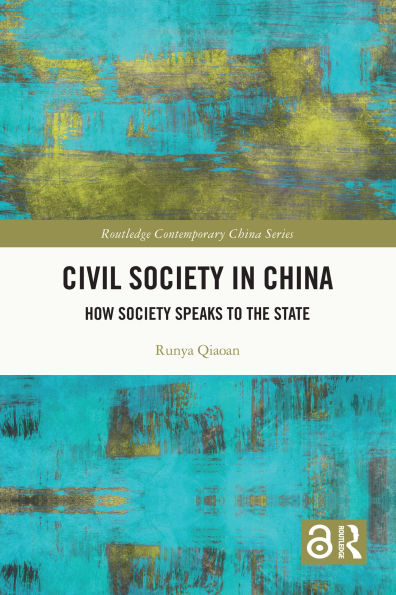Chinese civil society groups have achieved iconic policy advocacy successes in the areas of environmental protection, women’s rights, poverty alleviation, and public health. This book examines why some groups are successful in policy advocacy within the authoritarian context, while others fail.
A mechanism of cultural resonance is introduced as an innovative theoretical framework to systematically compare interactions between Chinese civil society and the government in different movements. It is argued that civil society advocacy results depend largely on whether advocators can achieve cultural resonance with policymakers and the mainstream public through their social performances. The effective performance is the one in which advocators employ symbols embraced by the audience (policymakers and the public) in their actions and framings. While many studies have tried to explain the phenomena of successful policy advocacy in China through institutional or organizational factors, this book not only contains extensive empirical data based on field research, but takes a cultural sociological turn to identify the meaning-making process behind advocacy actions.
Civil Society in China will appeal to students and scholars of sociology, political science, social work, and Chinese and Asian studies more broadly.
The Open Access version of this book, available at http://www.taylorfrancis.com, has been made available under a Creative Commons Attribution-Non Commercial-No Derivatives (CC-BY-NC-ND) 4.0 license
Chinese civil society groups have achieved iconic policy advocacy successes in the areas of environmental protection, women’s rights, poverty alleviation, and public health. This book examines why some groups are successful in policy advocacy within the authoritarian context, while others fail.
A mechanism of cultural resonance is introduced as an innovative theoretical framework to systematically compare interactions between Chinese civil society and the government in different movements. It is argued that civil society advocacy results depend largely on whether advocators can achieve cultural resonance with policymakers and the mainstream public through their social performances. The effective performance is the one in which advocators employ symbols embraced by the audience (policymakers and the public) in their actions and framings. While many studies have tried to explain the phenomena of successful policy advocacy in China through institutional or organizational factors, this book not only contains extensive empirical data based on field research, but takes a cultural sociological turn to identify the meaning-making process behind advocacy actions.
Civil Society in China will appeal to students and scholars of sociology, political science, social work, and Chinese and Asian studies more broadly.
The Open Access version of this book, available at http://www.taylorfrancis.com, has been made available under a Creative Commons Attribution-Non Commercial-No Derivatives (CC-BY-NC-ND) 4.0 license

Civil Society in China: How Society Speaks to the State
162
Civil Society in China: How Society Speaks to the State
162Related collections and offers

Product Details
| ISBN-13: | 9781000449884 |
|---|---|
| Publisher: | Taylor & Francis |
| Publication date: | 09/30/2021 |
| Series: | ISSN |
| Sold by: | Barnes & Noble |
| Format: | eBook |
| Pages: | 162 |
| Sales rank: | 535,013 |
| File size: | 2 MB |
